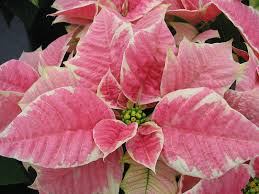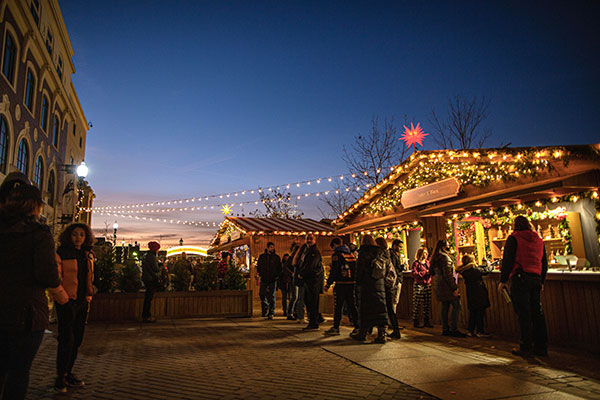 With the holidays now upon us, the images of the season are all around. Christmas trees are decorated with lights and ornaments, stockings are hung with care, and presents are neatly wrapped and placed under the Christmas tree. However, the holidays would not be complete without the most iconic of Christmas plants: the poinsettia. With their deep green and bright red colors, poinsettias help add color and spirit indoors during the holidays.
With the holidays now upon us, the images of the season are all around. Christmas trees are decorated with lights and ornaments, stockings are hung with care, and presents are neatly wrapped and placed under the Christmas tree. However, the holidays would not be complete without the most iconic of Christmas plants: the poinsettia. With their deep green and bright red colors, poinsettias help add color and spirit indoors during the holidays.
History
The poinsettia plant, or Euphorbia pulcherrima, is a plant native to Central America and Mexico. It derives its name, poinsettia, from the first minister to Mexico, Joel Roberts Poinsett, who introduced the plant into the United States in 1825. The poinsettia is known throughout the world, though not always as a Christmas flower. In Spain, Puerto Rico, and Central America, it is known as the Easter Flower. In Chile and Peru, it is known as the Crown of the Andes.
The popularity of the poinsettia as a Christmas flower is due, in large part, to the Ecke family. During much of the 20th century, this family had a monopoly on the poinsettia industry due to their unique grafting technique, which gave us the poinsettia we all recognize today. They would send out poinsettias to TV stations and department stores for displays as a way of promoting their product as a Christmas plant. The idea took off and the poinsettia is now known across the United States as a Christmas plant.
Care Instructions
The poinsettia is a tropical plant and enjoys being in full sunlight. This being said, it is best to place them in a south, east, or west facing window. It is best to keep the poinsettia at room temperature and don’t let them sit in drafty areas, or near cold windows. If any of the leaves happen to come in contact with a cold window for an extended period of time, it will cause premature leaf drop and affect the overall health of the plant. When watering the poinsettia, it is important to look for the signs that the plant needs more water. These signs are a slight wilting of the leaves, along with the top layer of soil being dry. When watering, it is important to give enough water that it flows all the way through the plant and drains out the bottom. However, it is important to never let the roots sit in water, as this will promote root rot and certain varieties of fungus.
If you have any questions on how to properly maintain your poinsettia or other interior plants, please give us a call at (317) 575-1100, or fill out the form below.
Please select a valid form
